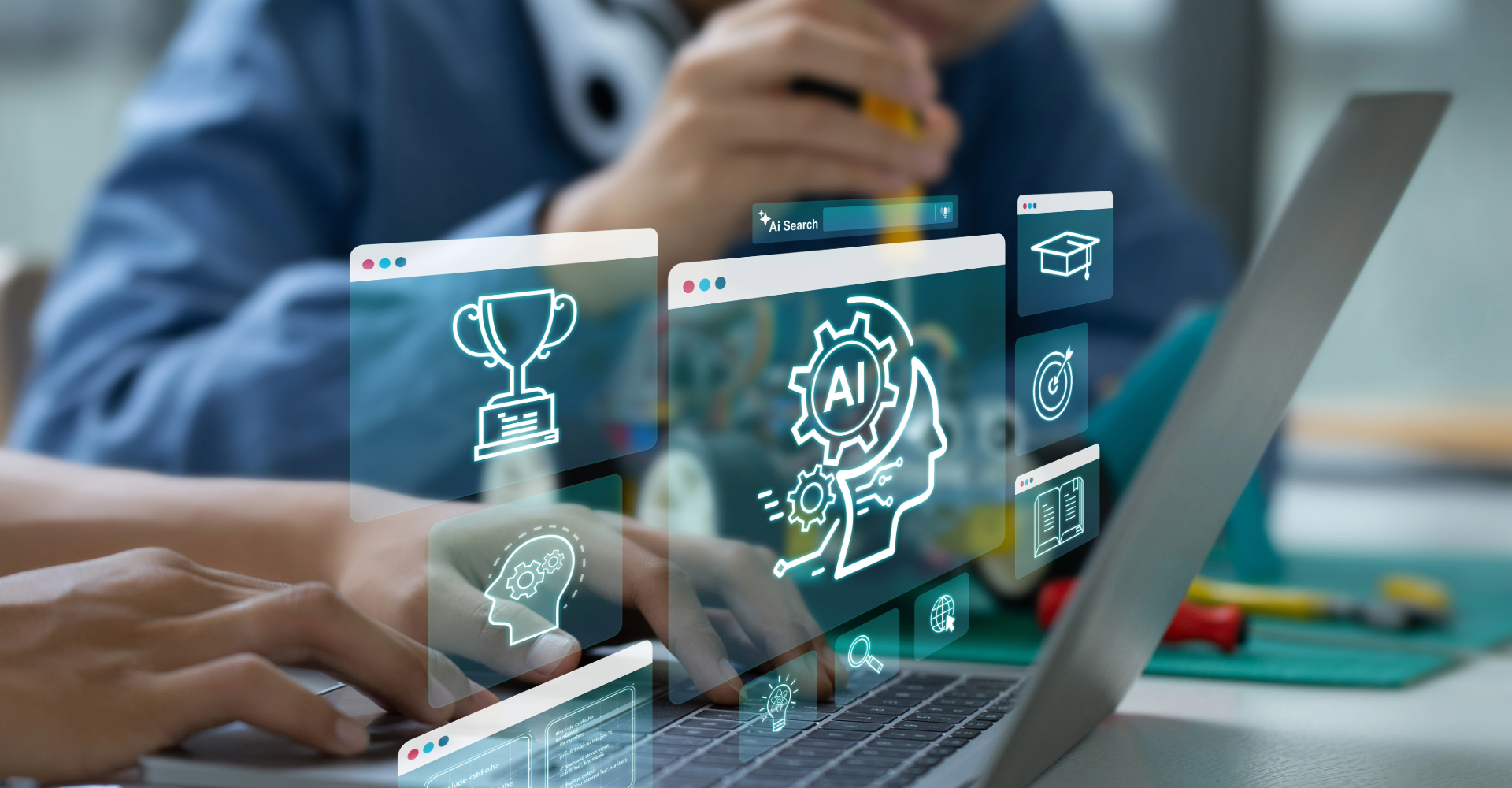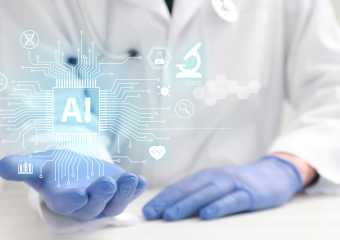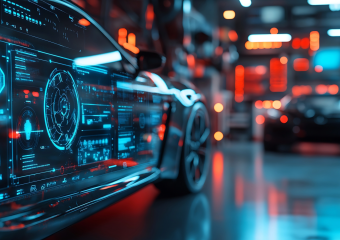Teaching with Tech: How AIoT Is Transforming Global Classrooms
AIoT Makes Its Mark in Education
In the ever-evolving terrain of education, the integration of artificial intelligence and the Internet of Things (AIoT) is making significant strides. Classrooms around the globe are transitioning into more interactive and intelligent environments, thanks to these technologies. This fusion, known as AIoT, leverages the autonomous powers of AI with the extensive connectivity of IoT, resulting in systems capable of enhancing both teaching and learning processes.
Understanding AIoT
Before delving into the implications of AIoT in education, it’s crucial to understand what this technology entails. AIoT is a blend of AI technologies (which process information to make intelligent decisions) with IoT devices (which collect and transmit data). The intersection of these technologies creates intelligent systems that can anticipate needs, improve efficiency, and minimize errors.
Enhancing Learning Experiences with AIoT
The classroom setting is experiencing a transformative shift due to AIoT. Here’s how this technology is enhancing learning experiences:
Personalized Learning Pathways
AIoT enables the creation of personalized learning experiences that cater to the individual needs of each student. AI systems can analyze data collected from IoT devices like student tablets and performance trackers to assess students’ strengths and weaknesses. This information allows educators to tailor lessons and resources to suit every learner’s pace and style, potentially improving outcomes and engagement.
Interactive and Engaging Learning Environments
With AIoT, the educational environment is becoming more interactive. Smart boards and IoT devices can connect to provide real-time data during lessons, making theoretical concepts tangible. For instance, in a science class, IoT sensors could provide real-time environmental data, enabling students to see the immediate impact of scientific phenomena.
Improved Administrative Efficiency
AIoT not only aids in educational delivery but also in administrative efficiency. AI can automate routine tasks such as attendance taking, grading, and scheduling with the data collected by IoT devices. This automation frees up educators to focus more on teaching and less on administrative duties.
Bridging the Accessibility Gap
AIoT has the potential to make education more accessible to students with disabilities. For instance, AI-powered tools can translate text into speech or provide real-time language translation, helping non-native speakers and students with auditory impairments. Similarly, IoT devices can be used to create smart environments that aid mobility and accessibility for physically challenged learners.
Global Impact and Case Studies
AIoT’s impact on education can be seen across the globe. In Sweden, schools are experimenting with IoT devices to monitor student attendance and environmental factors in classrooms. Meanwhile, in South Korea, AI-driven language platforms are helping students learn English, allowing for a customized learning experience that adapts to the proficiency level of each student.
These examples highlight not only the potential of AIoT in enhancing learning but also its role in preparing students for a future where digital literacy is paramount.
Overcoming Challenges
Despite its benefits, integrating AIoT in education comes with challenges. The primary concern is privacy and data security, as the collection and analysis of student data can raise ethical issues. Moreover, there is a need for substantial investment in infrastructure and professional development to implement these technologies effectively.
However, with proper strategies and policies in place, these challenges can be managed. Educational institutions need to partner with technology experts to ensure that the implementation of AIoT is secure, efficient, and in line with educational goals.
The Road Ahead
AIoT is set to revolutionize global classrooms, making education more personalized, accessible, and efficient. As the technology matures, its integration into educational systems worldwide is expected to grow, paving the way for a smarter, more inclusive future in learning.
Educators, policymakers, and technologists must continue to collaborate to harness the full potential of AIoT in education, ensuring that the benefits of these technologies are realized across diverse learning environments. The future of education is here, and it is intelligent, connected, and transformative.





